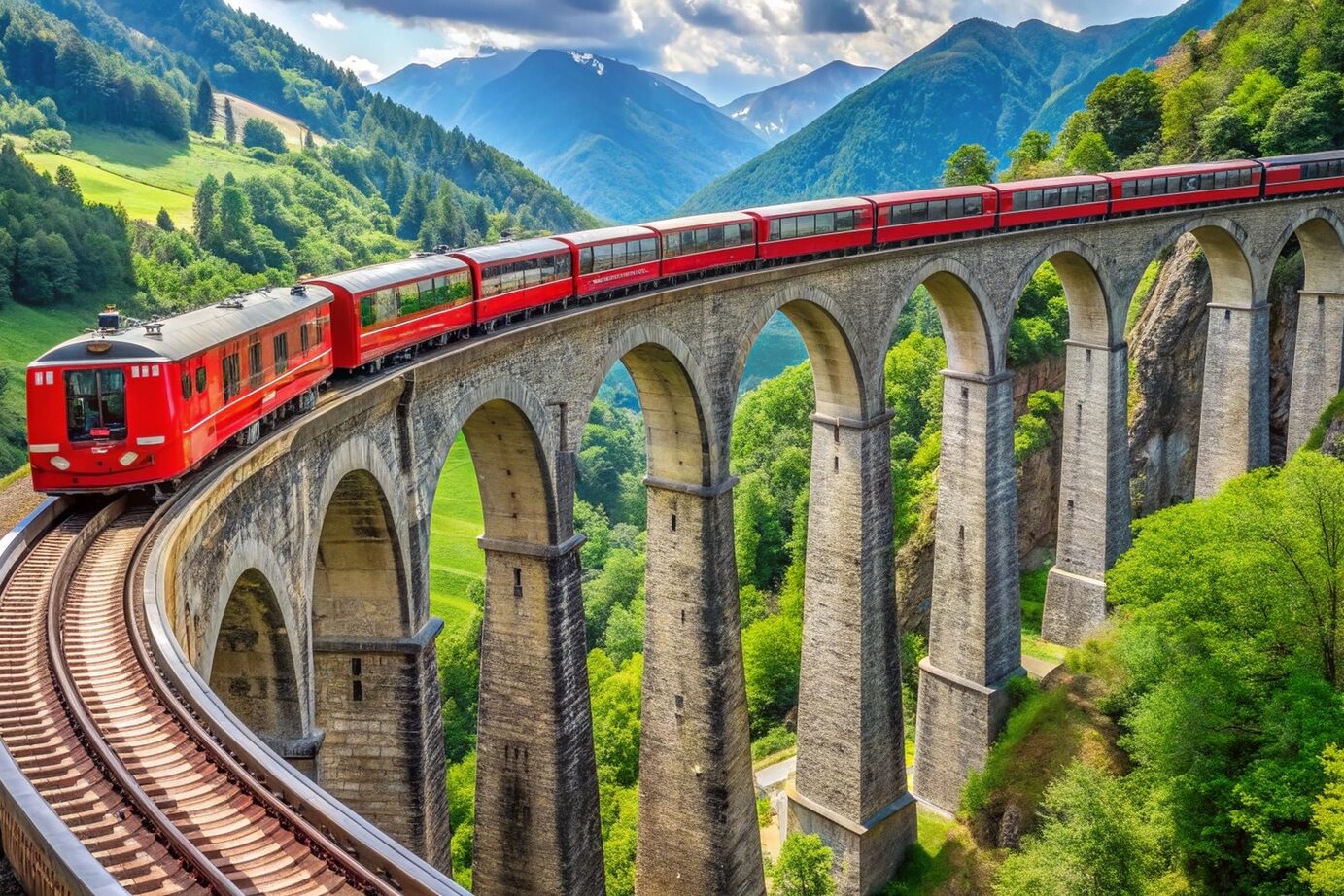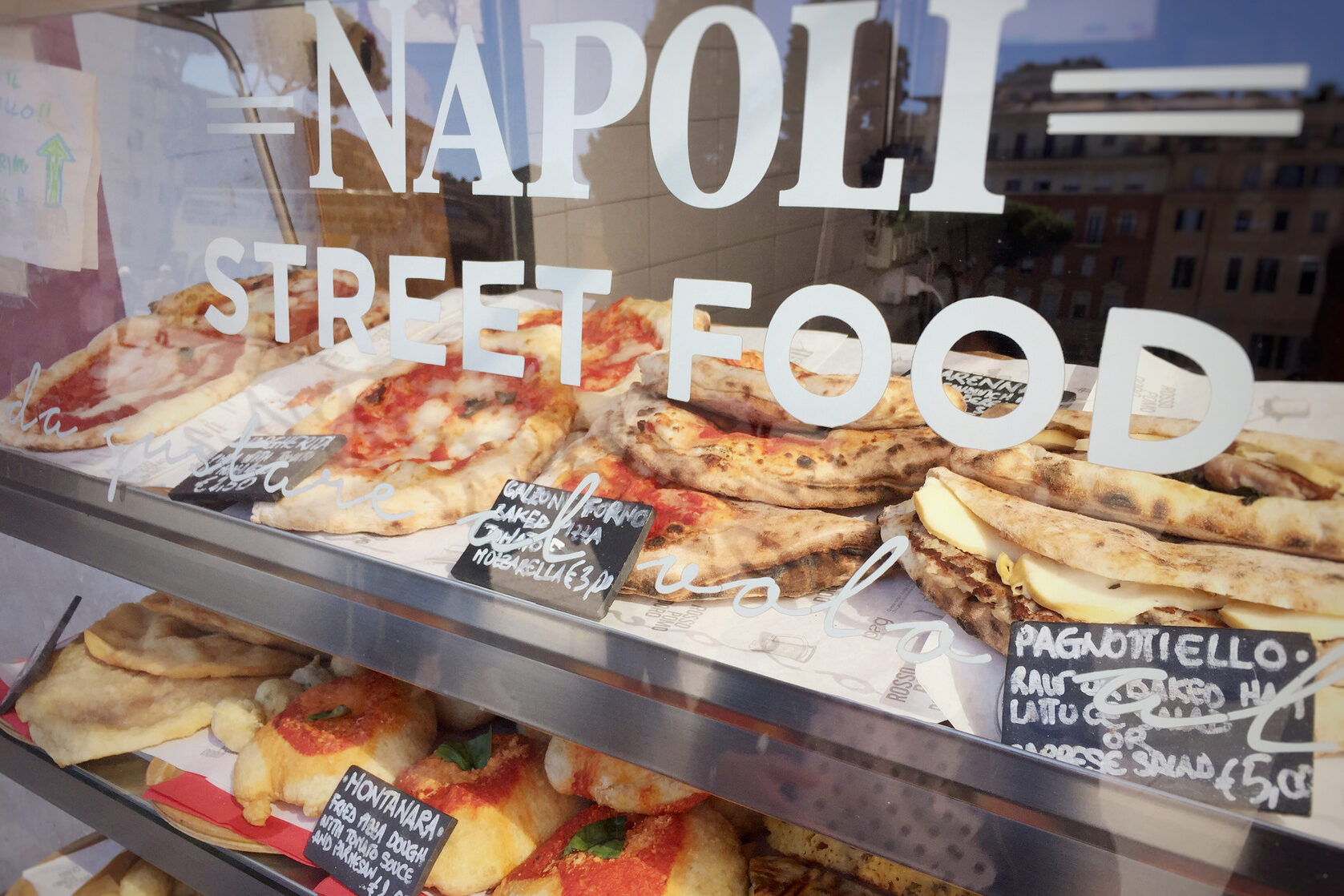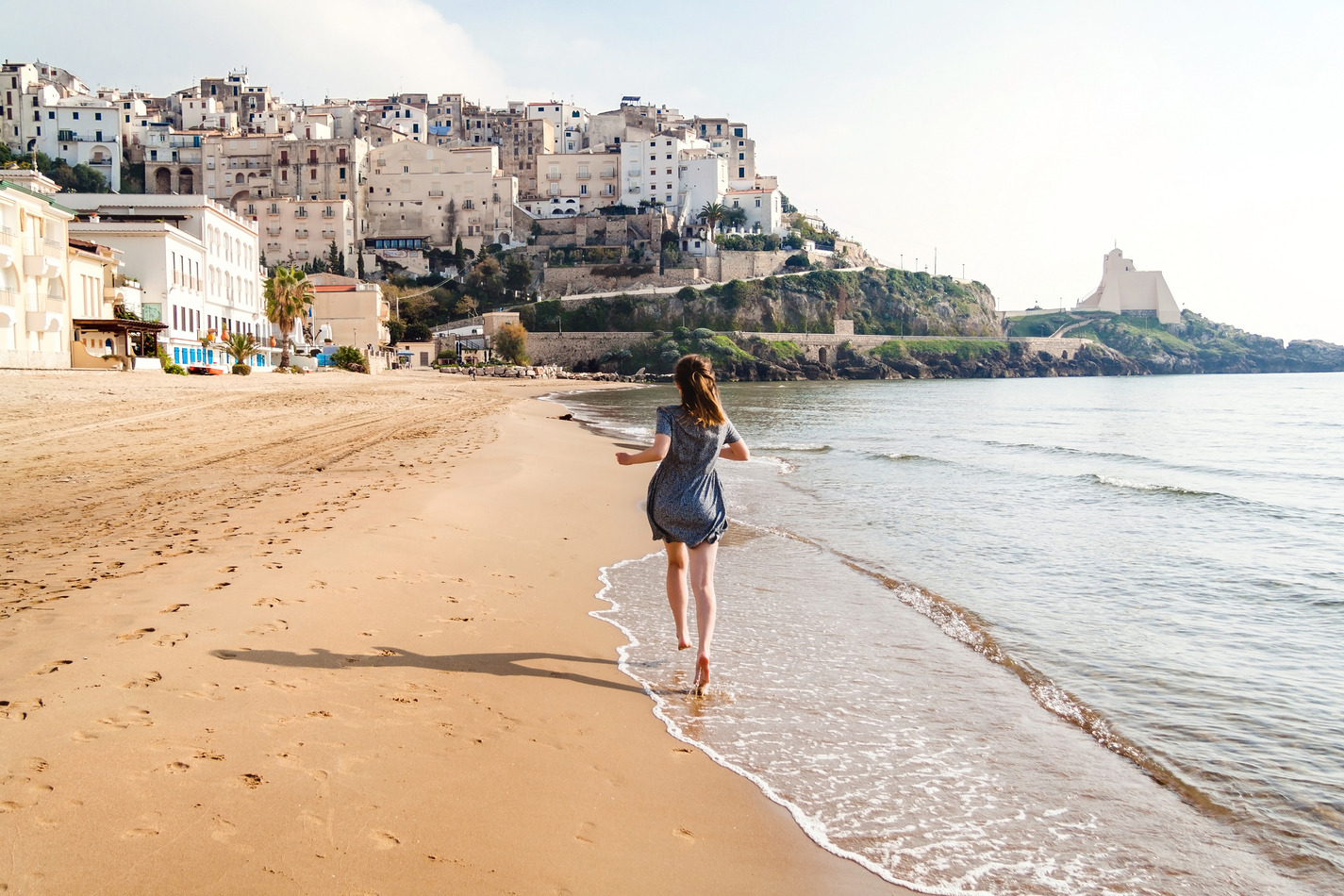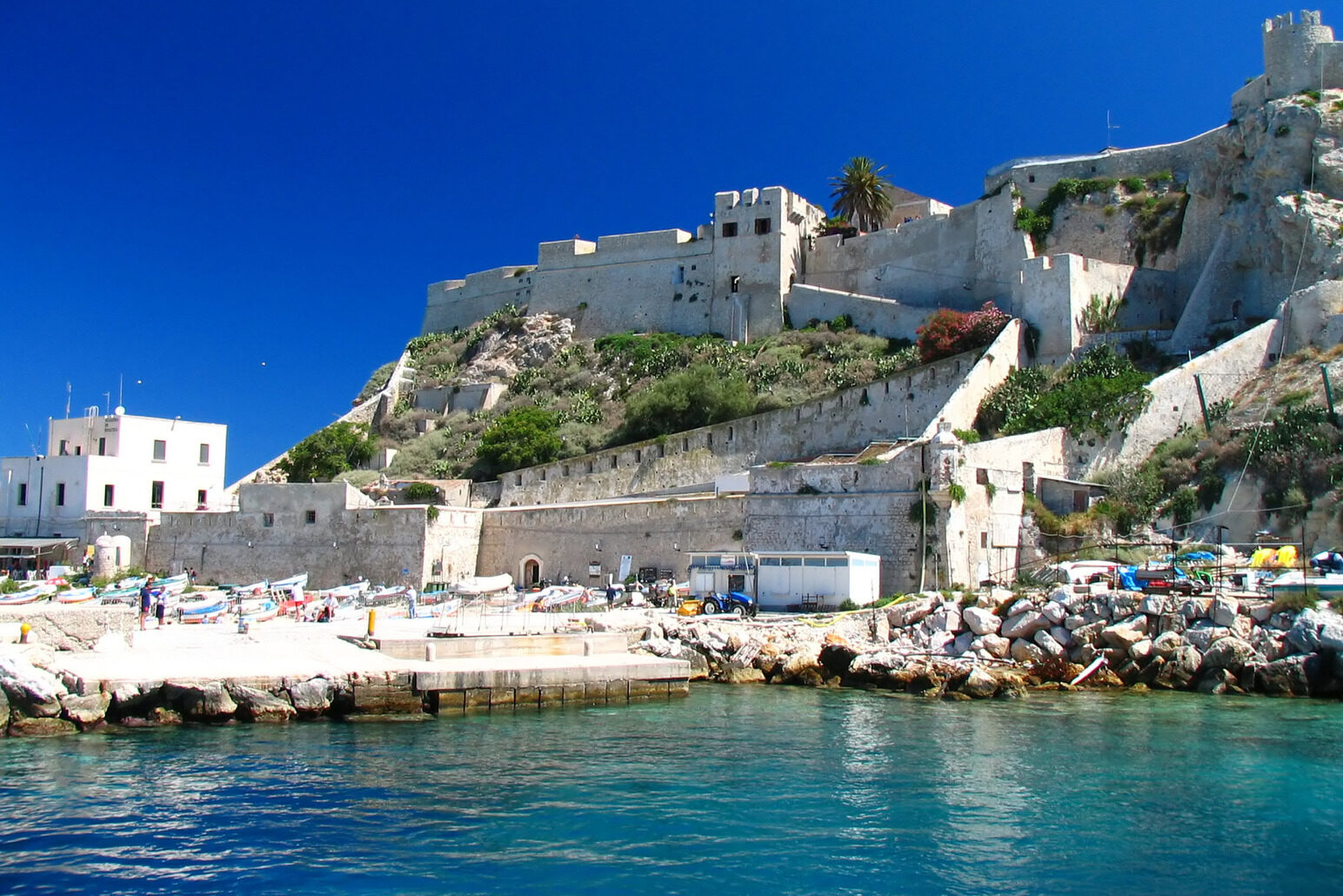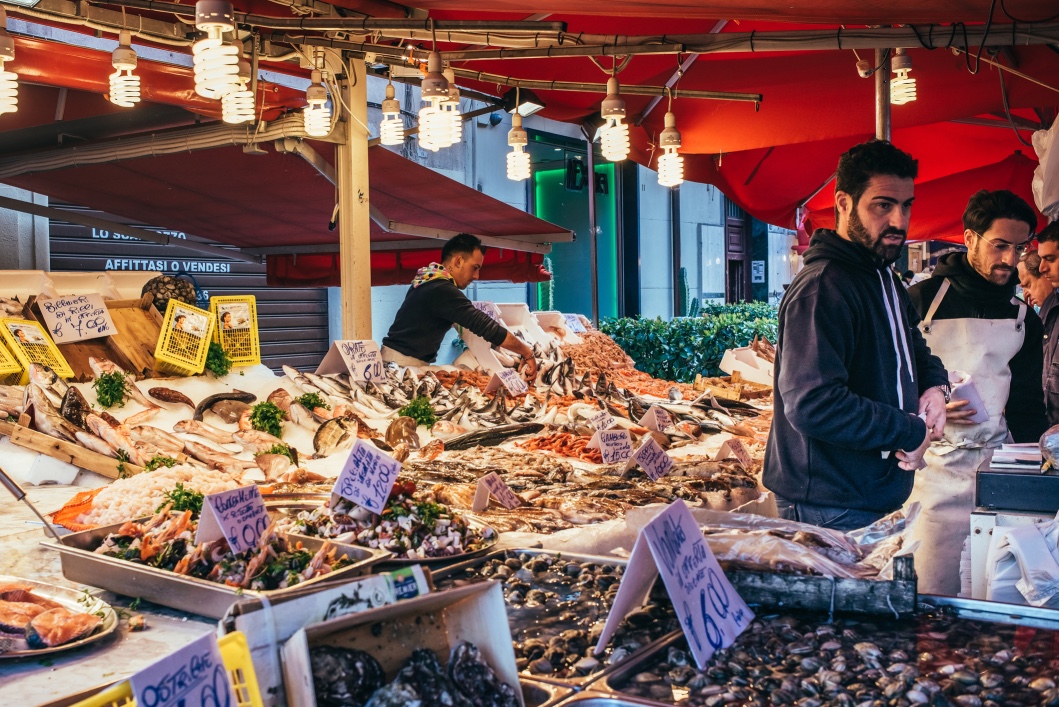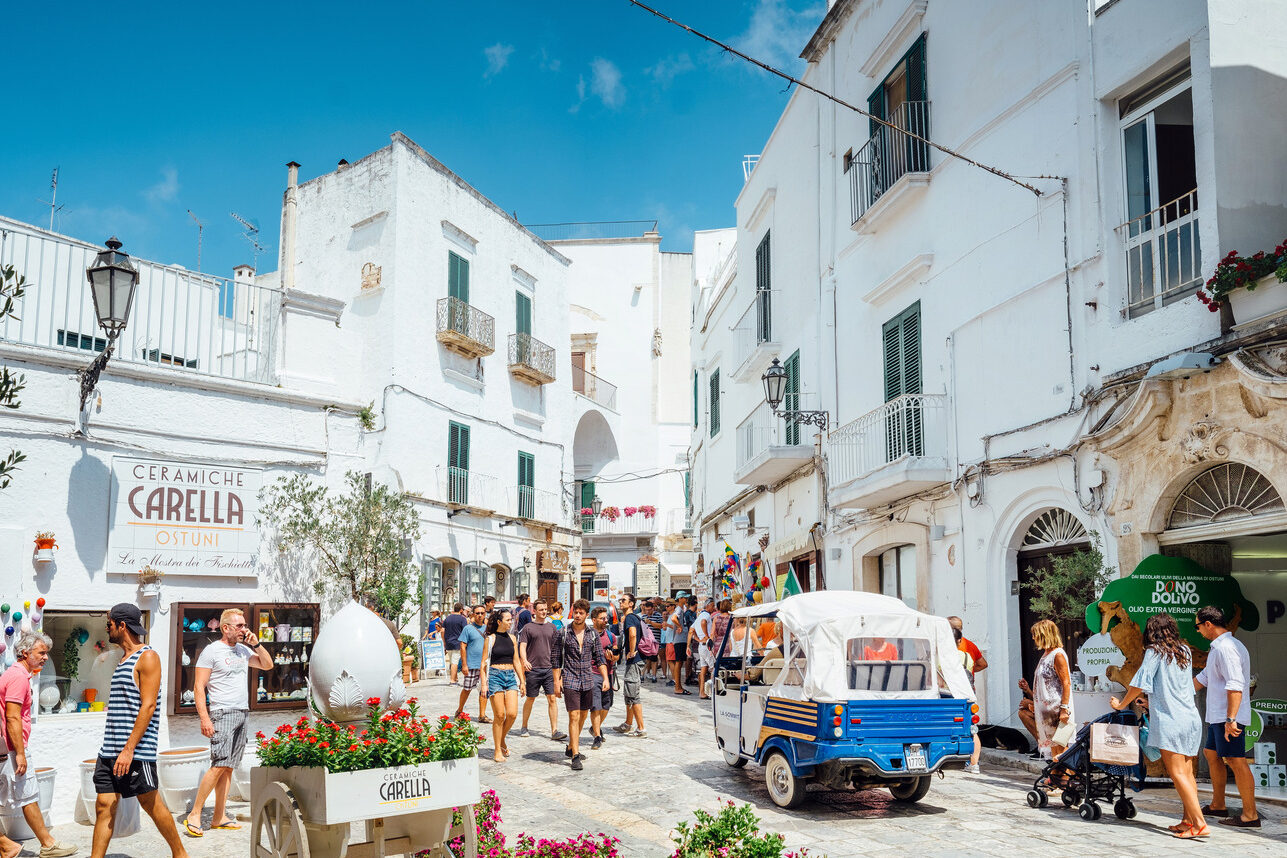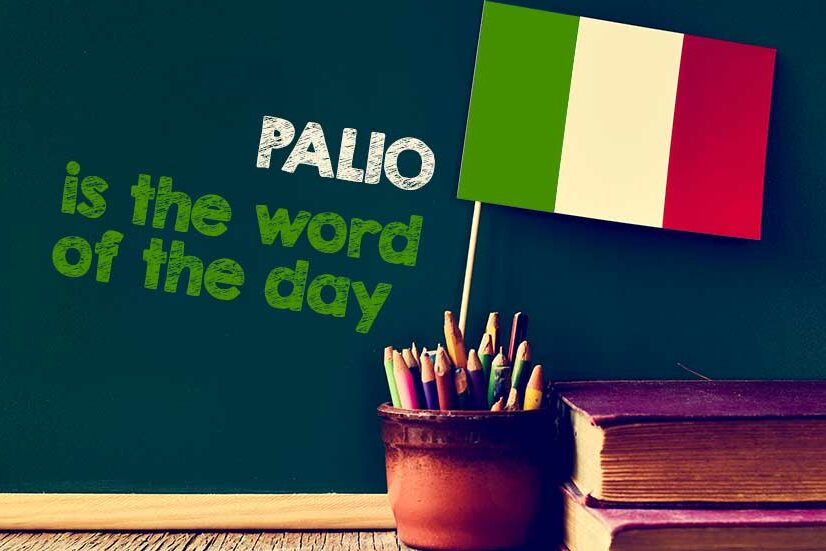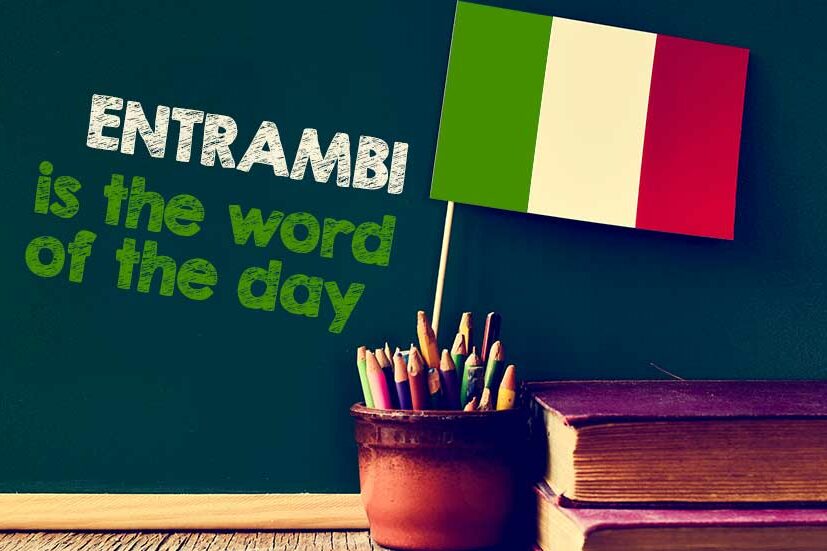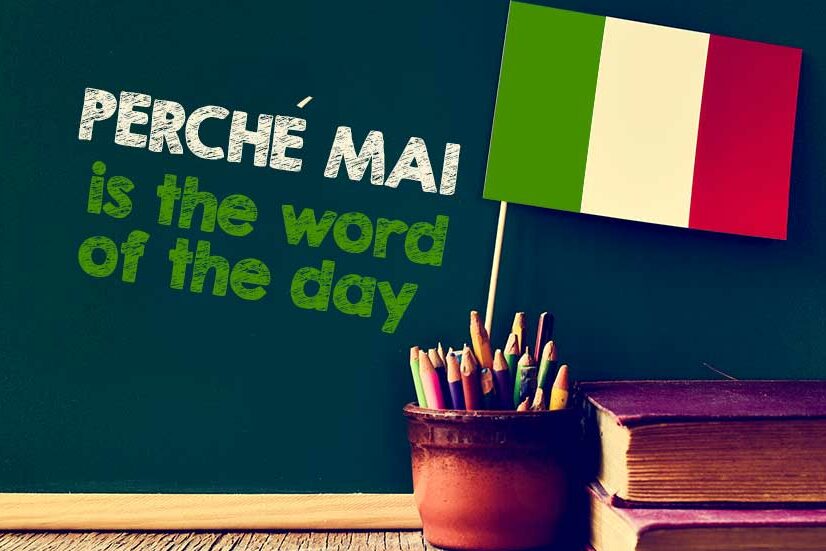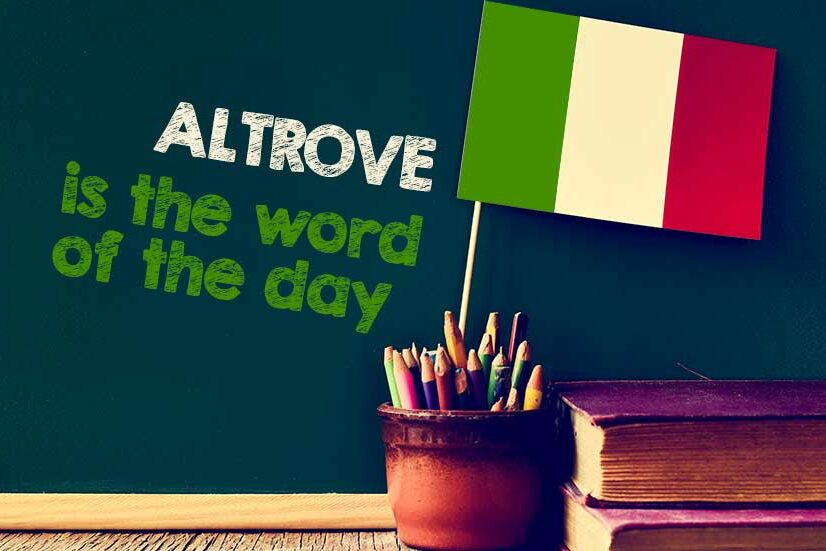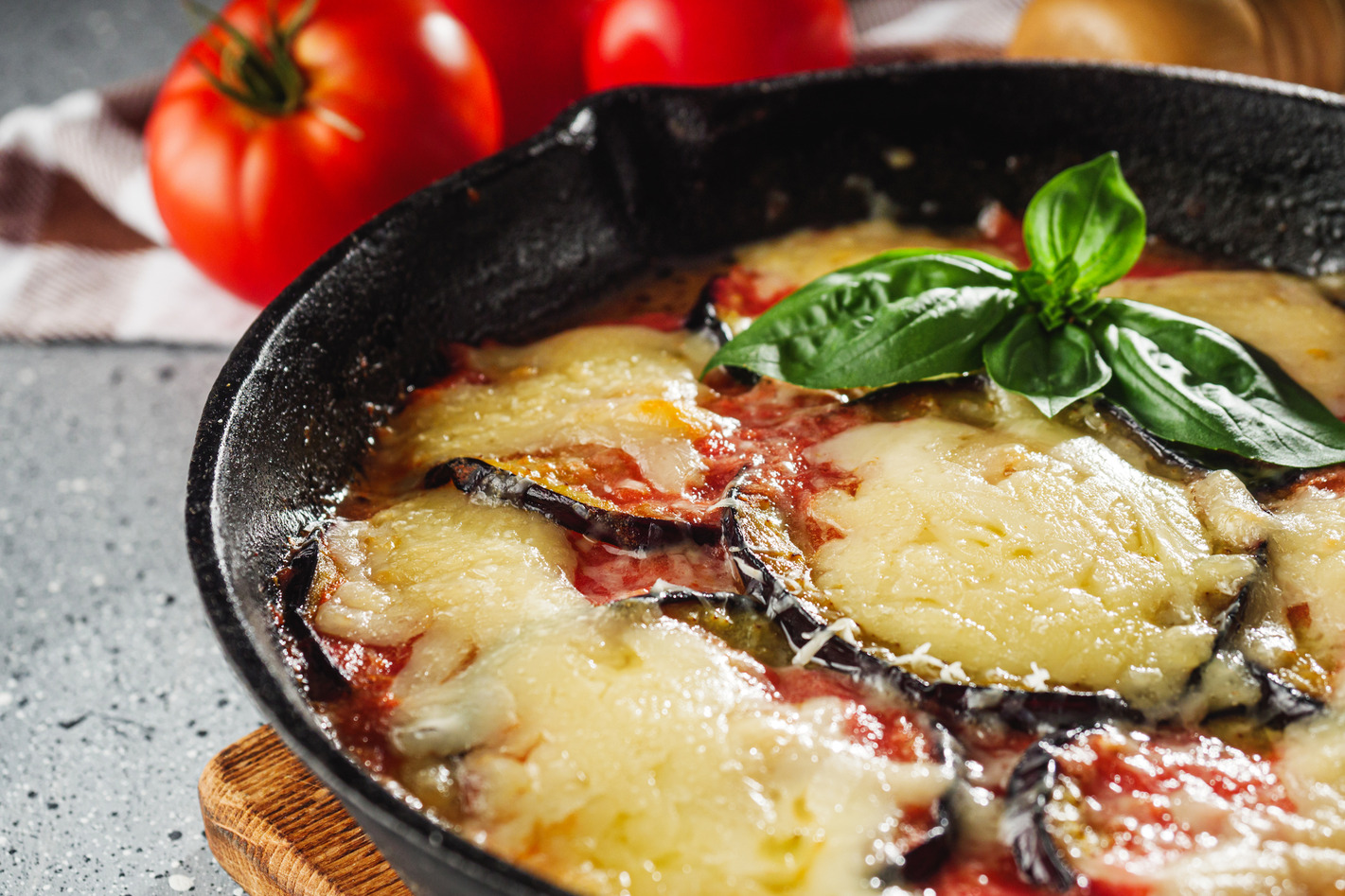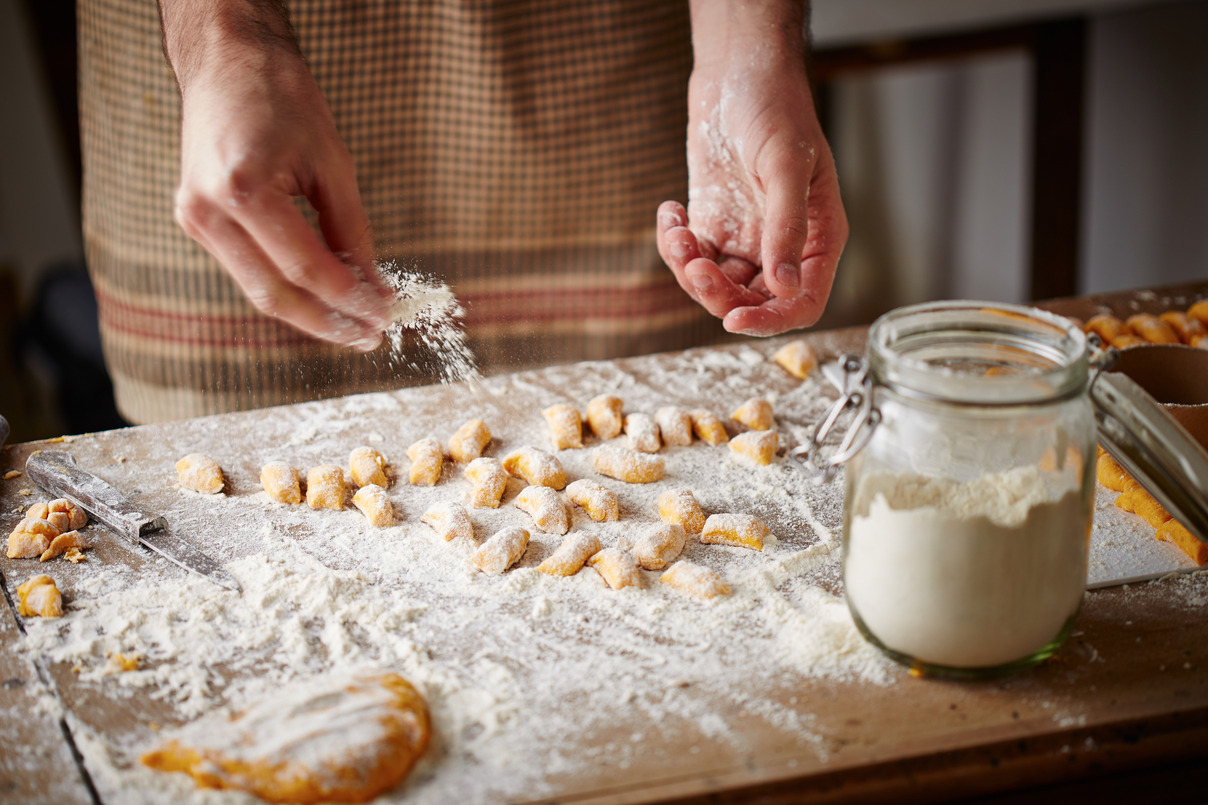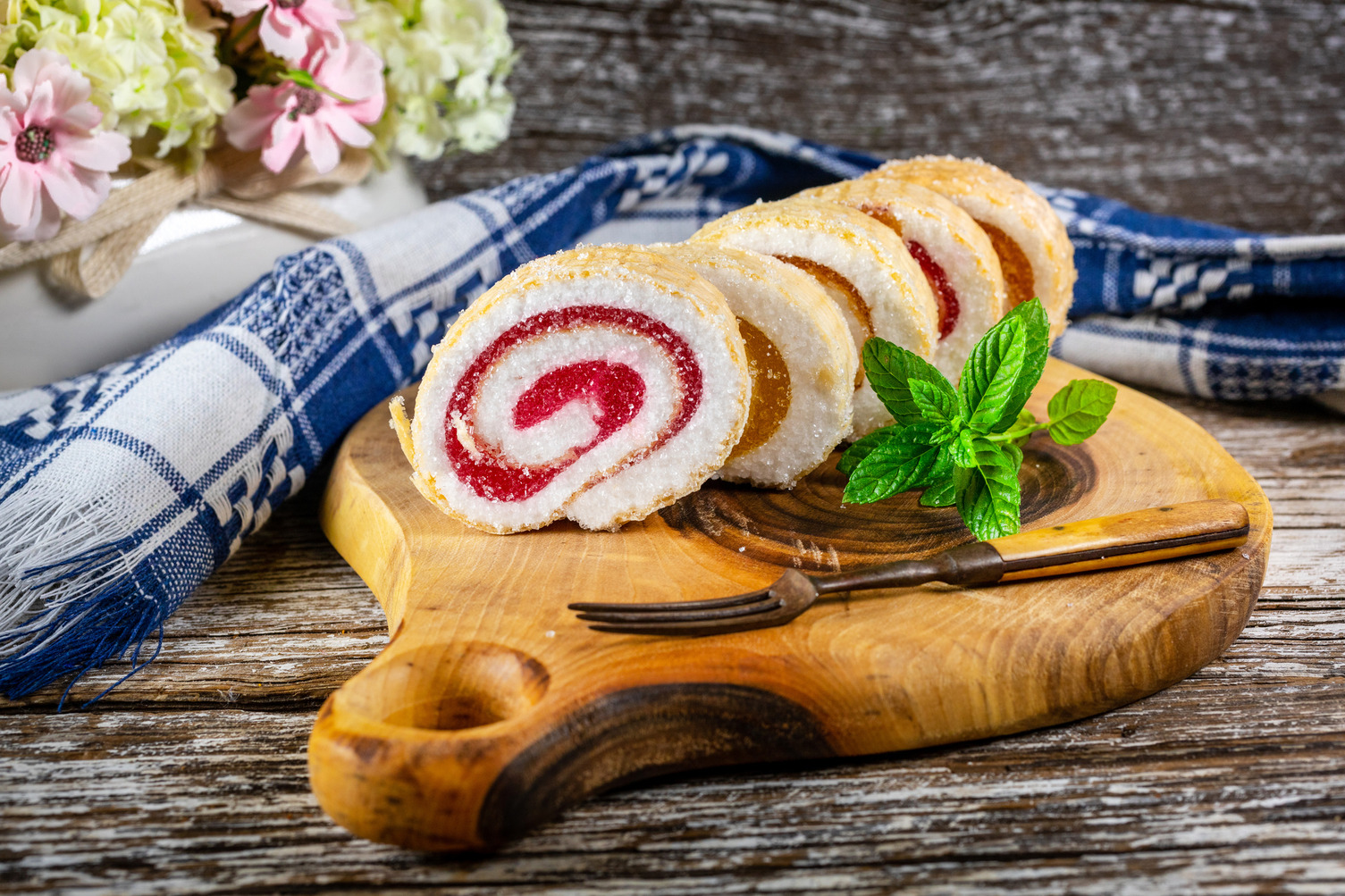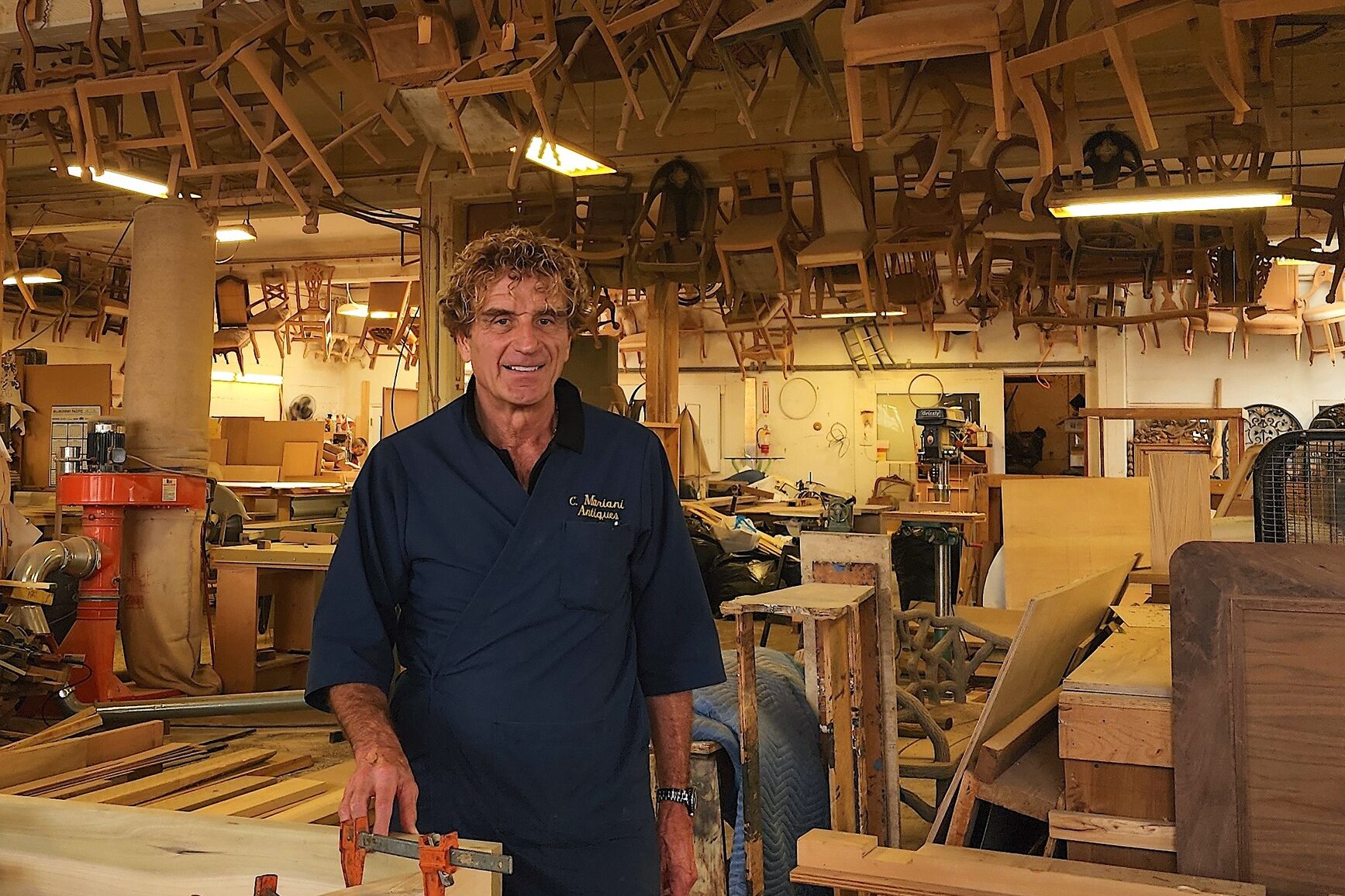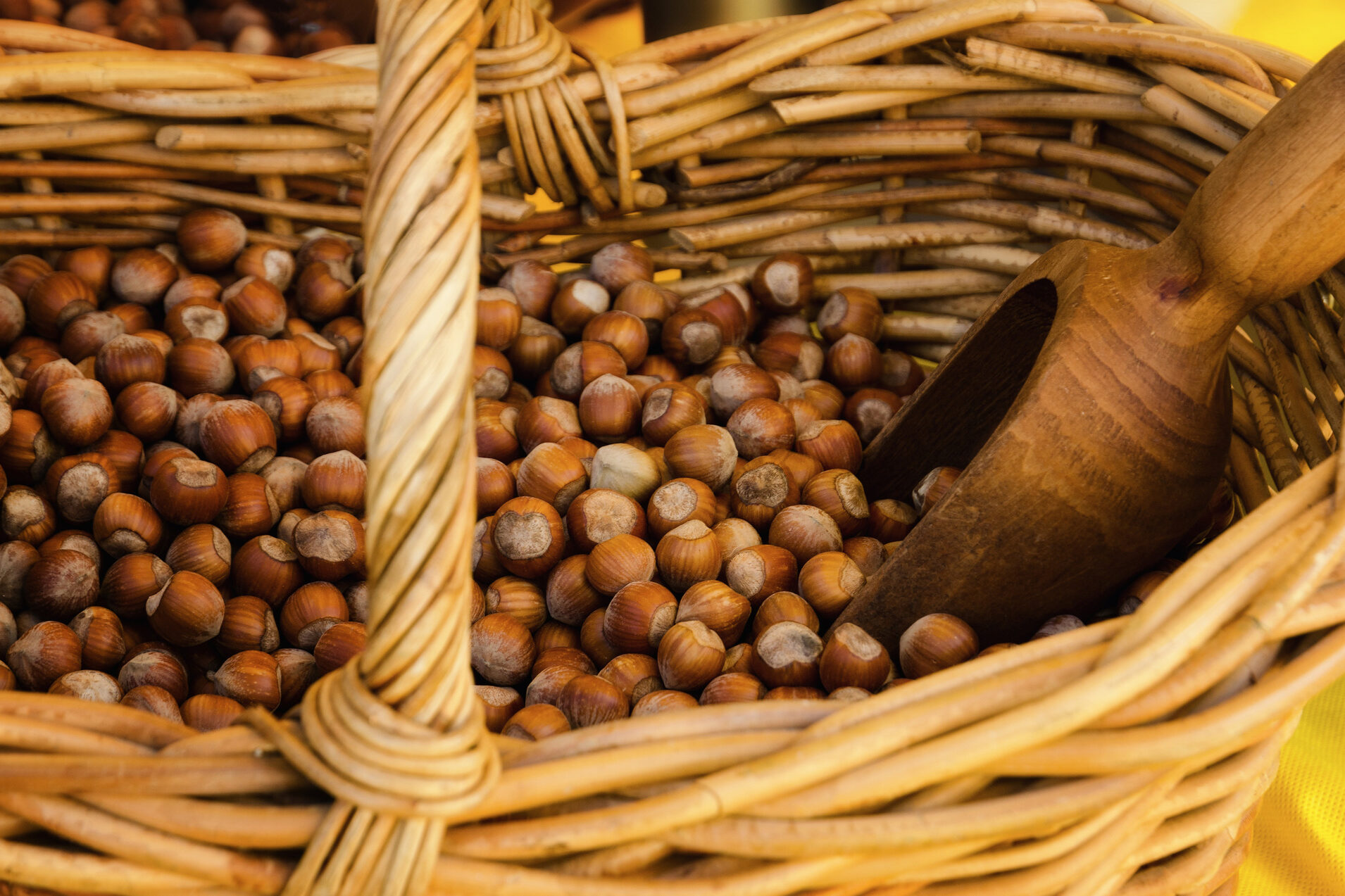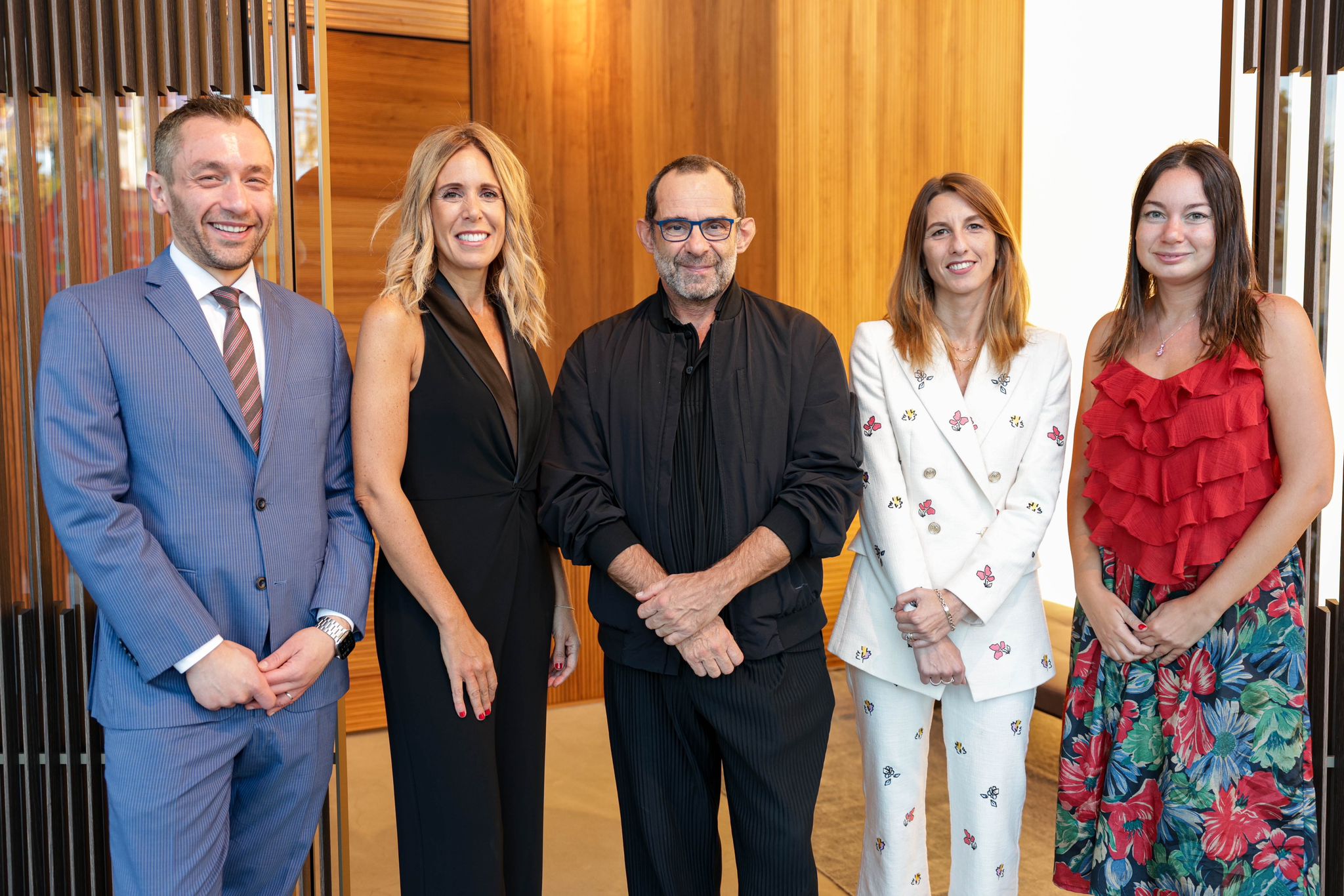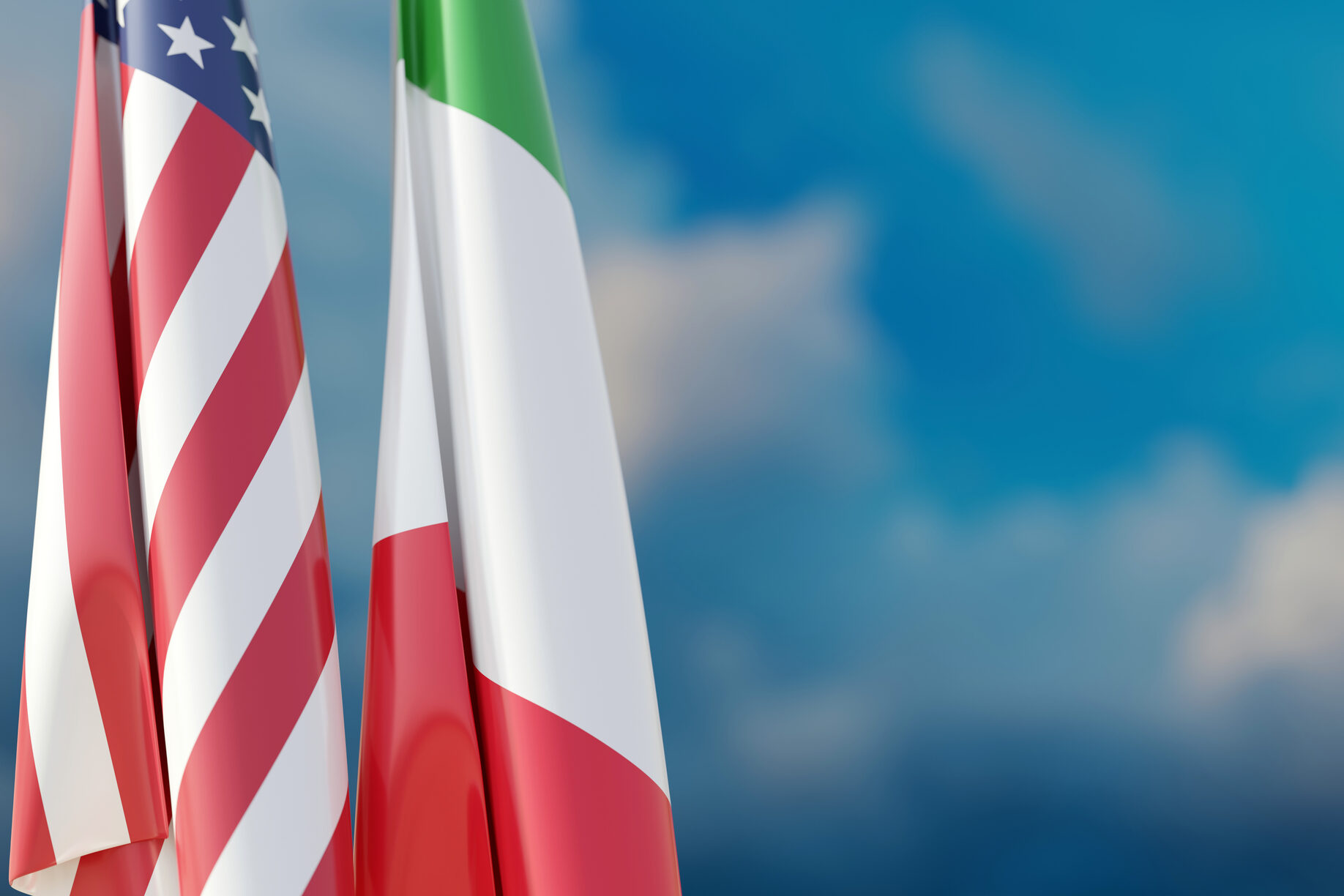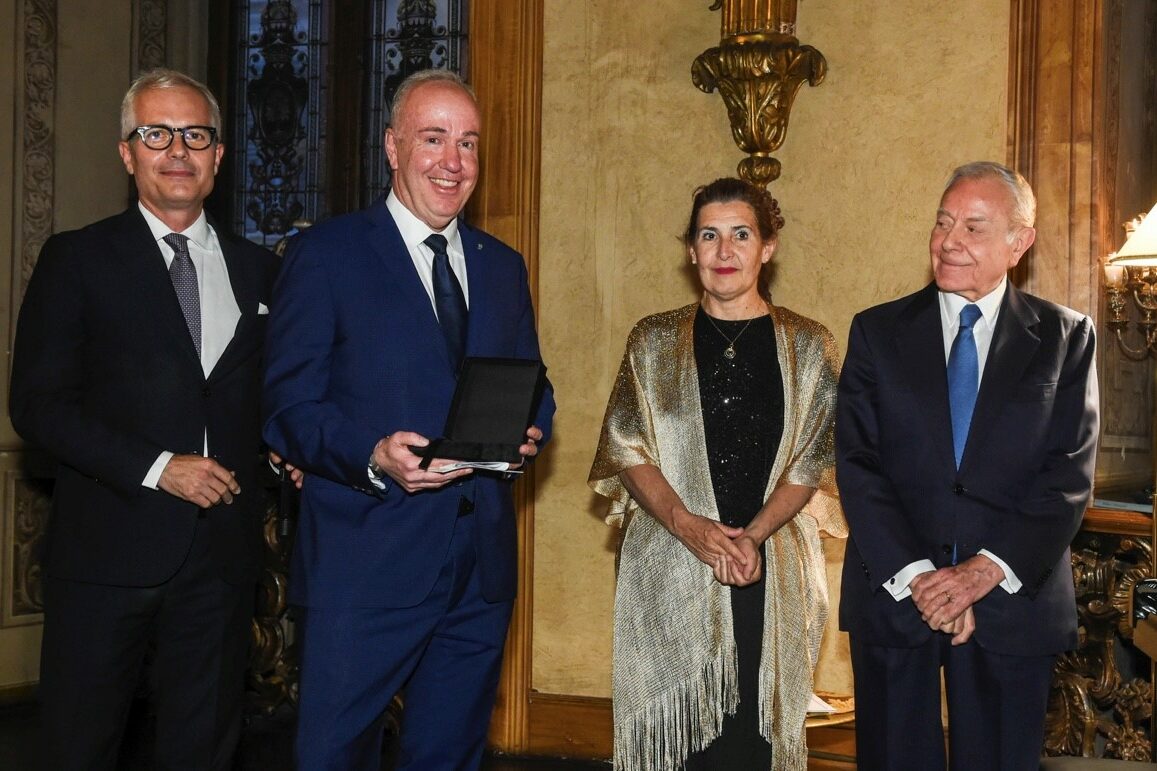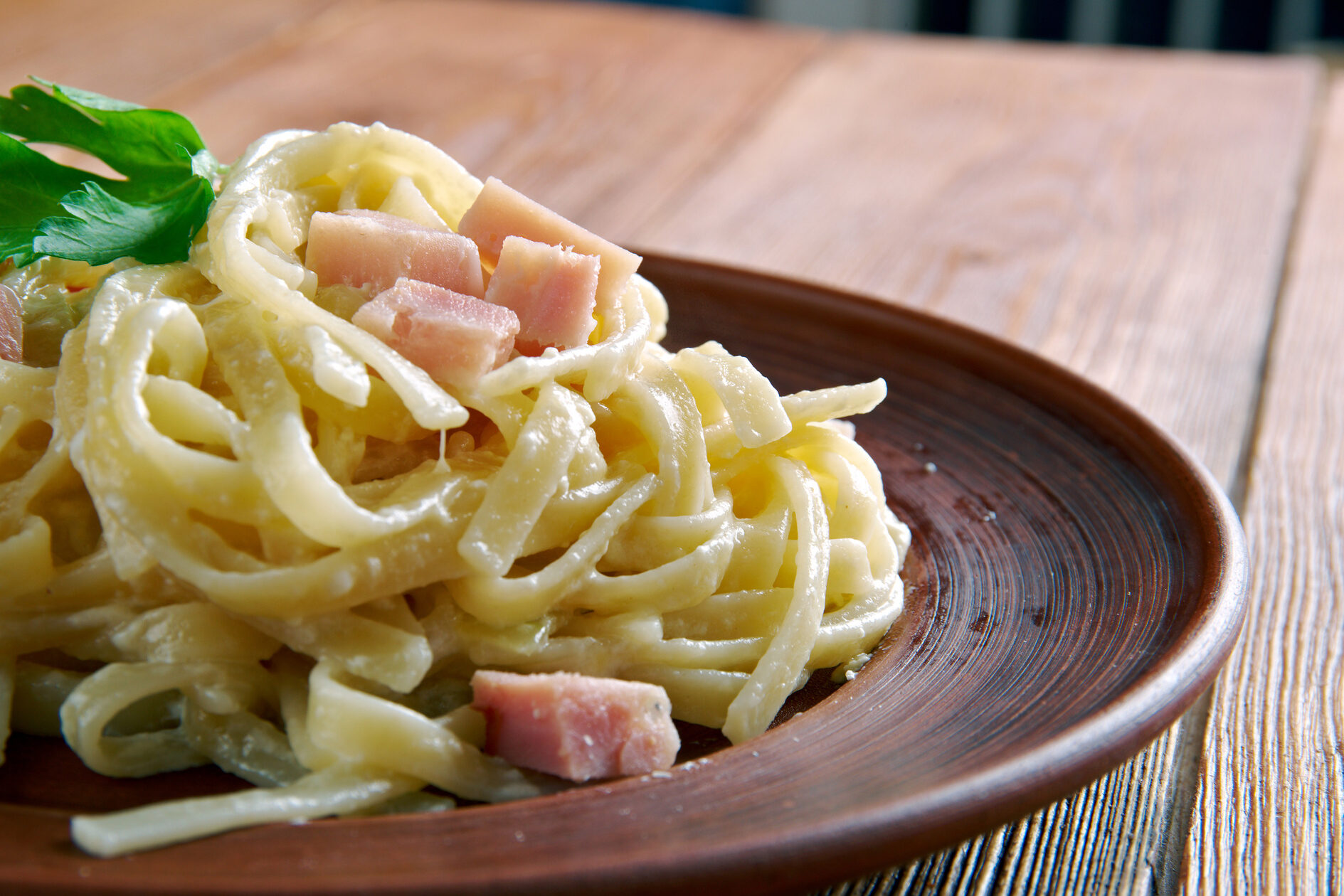Bologna: la grassa, la dotta, la rossa. Apt nicknames for the capital of Emilia-Romagna, which boasts a rich culinary tradition (grassa meaning fat), the oldest university in the Western world (hence dotta: learned), red roofs and left-leaning politics (as in rossa: red).
In this article, we will focus on the part that visitors and Bolognesi alike seem to enjoy the most: “la grassa”.
Here’s a round-up of Bologna’s top dishes, which you can taste and buy – like the Bolognesi do – in the Quadrilatero, the old medieval market and food shopping area whose tiny cobblestone streets frame a quadrilateral area near Piazza Maggiore, Bologna’s main square.
TORTELLINI
Tortellini is one of Italian cuisine’s most recognisable dishes
Tortellini is one of Italian cuisine’s most recognisable dishes
Bologna is no doubt synonymous with tortellini. Legend has it that their shape takes inspiration from Venus’ navel. The recipe for authentic tortellini was registered with Bologna’s Chamber of Commerce in 1974: the dough is made with flour and eggs, while the filling contains pork loin, raw ham, mortadella from Bologna, Parmesan cheese, eggs and nutmeg. One of Bologna’s emblematic figures, the sfogline, are the keepers of the city’s important tradition of hand-made pasta: women who patiently knead and roll the dough so it acquires the right thickness, and, in the case of tortellini, stuff, twist and seal them so they take their characteristic shape and do not break open. To enhance their taste, tortellini should be eaten with a broth of capon or hen. It is a typical winter dish that the Bolognesi often eat for their Sunday lunches; it is also part of the traditional Christmas meal.
MORTADELLA
As mentioned above, one of the essential ingredients of tortellini is mortadella, another great culinary delicacy hailing from Bologna. It appears that mortadella was already known and thoroughly appreciated by the Romans: proof of this is an ancient stele on display inside Bologna’s Museo Civico Archeologico depicting a butcher using a mortar, the tool employed to crush together the meat and spices to prepare mortadella. Further proof is Roman author Pliny, who once described how Emperor Augustus, passing by Bologna, was particularly impressed by this salume. While today mortadella is considered one of the poor cold cuts, especially when compared to prosciutto or culatello, it used to be a food for the rich and powerful; it was even presented as a wedding gift to noblewoman Lucrezia Borgia when she married Alfonso I, Duke of Este at the end of the 15th century. Mortadella was expensive too, due to the wide use of spices which helped preserve it longer; it was nine times more expensive than bread, three times more expensive than ham and twice more expensive than olive oil. It is only in the 1800s with the new mechanized production techniques that mortadella became cheaper and available to all.
TAGLIATELLE
The above mentioned Lucrezia Borgia seems to have been the inspiration for another typical Bolognese hand-made pasta, tagliatelle. Legend has it that Mastro Zefirano invented them for her wedding upon seeing her blonde braids. Intriguing story, however not true. Bologna’s Chamber of Commerce guards the recipe of tagliatelle, along with its measurement rules: tagliatelle should be 8 millimeters wide when cooked. Their thickness has not been defined, although experts say it should be between 0.6 and 0.8 of a millimeter.
RAGÙ
And what goes best with tagliatelle if not ragù bolognese? The official recipe also rests with Bologna’s Chamber of Commerce since 1982, but with ragù there is a lot of leeway. If you ask Bolognese women, you will find there are many individual variations, and they seem to be very secretive about them too. The most important ingredient is minced beef; the tomato based sauce must cook for hours. Ragù goes well with many types of pasta, but especially with tagliatelle and lasagne; never eat it with spaghetti though – Bolognesi consider it an insult!
Silvia Donati is a freelance journalist from Bologna, Italy. She writes about her hometown and surrounding region of Emilia-Romagna on her website www.bolognauncovered.com







